1.
Introduction
Let q be a power of odd prime. Several researchers have looked into a variety of properties about the primitive roots modulo q. Let g1,g2 represent two primitive roots modulo q, a, b and c represent arbitrary non-zero elements in Fq. Is there some q0 such that for all q>q0, there is always one representation
For b=1 and c=−1, Vegh [1] considered a specific form of Eq (1.1), which is known as Vegh's Conjecture, (see [2,§ F9] for further details). Cohen [3] demonstrated Vegh's Conjecture for all q>7.
For b=1 and c=1, Golomb [4] proposed another specific form of Eq (1.1). This was proved by Sun [5] for q>260≈1.15×1018.
Moreover, Cohen et al. [6] studied linear sums of primitive roots and their inverses in finite fields Fq and showed that if q>13, then for arbitrary non-zero a,b∈Fq, there is a pair of primitive elements (g1, g2) of Fq such that both ag1+bg2 and ag−11+bg−12 are primitive.
Let p be an odd prime. Carlitz [7] relied on some results of Davenport and obtained for any k−1 fixed integers c1,c2,…,ck−1 with ci≥1(i=1,2,…,k−1). Let g,g1,…,gk−1 be primitive roots modulo p and Nk denote the number of gmodp such that g1−g=c1,…,gk−1−g=ck−1. Then
More results of the primitive roots distribution can be found in [8,9,10,11].
Lehmer [2,§ F12] proposed the definition of Lehmer number, according to which a is a Lehmer number if and only if a and ˉa have opposite parity, i.e., (2,a+ˉa)=1, where ˉa is the multiplicative inverse of a modulo p. It is simple to demonstrate that there are no Lehmer numbers modulo p when p=3 or 7. Zhang [12] established that if Mp denotes the number of Lehmer numbers modulo p, then
A Lehmer number that is also a primitive root modulo p will be called a Lehmer primitive root or an LPR. The inverse of an LPR is also an LPR. We assume that p>3 because there is no Lehmer number modulo 3. Wang and Wang [13] investigated the distribution of LPRs involving Golomb's conjecture. Let Gp denote the number of Golomb pairs (a,b) (i.e., a+b≡1(modp)) are LPRs. They showed
Let Np denote the number of LPRs modulo p. For odd integers m≥3, define the positive number Tm by
Cohen and Trudgian [14] improved the result of Wang and Wang [13] and showed
and
where 2π(1+0.548lnp)<Tp<2π(1+1.549lnp).
Specifically, they obtained that for an odd prime p(≠3,7), there exists an LPR modulo p.
Inspired by the results of Cohen and Trudgian [14] and Wang and Wang [13], we mainly studied the distribution of LPRs modulo p related to the Golomb's conjecture in two aspects. On the one hand, we extend Eq (1.1) to the case involving k>1 variables. Let R be set of LPRs modulo p that is a subset of Fp. a1,a2,…,ak,c are non-zero elements in Fp and N(R,p) denotes the number of solutions of the equation
We consider the distribution properties of N(R,p), and obtain the following:
Theorem 1. Let p>3 be an odd prime. Then we have
where the symbol O is dependent on k.
When k=2, we can obtain the number of the Golomb pairs that are LPRs.
On the other hand, we consider the distribution of k consecutive LPRs and generalize it to a more general form.
Let f(x)∈Fp[x]. Define
Then we have:
Theorem 2. Let f(x)∈Fp[x] with degree l≥1. c1,c2,…,ck are distinct elements in Fp. Suppose that one of the following conditions holds:
(i) f(x) is irreducible,
(ii) f(x) has no multiple zero in ˉFp and k=2,
(iii) f(x) has no multiple zero in ˉFp and (4k)l<p.
Then we have
where the symbol O is dependent on k and l.
Take f(x)=x, ck=0 in Theorem 2. Then we can get the number of k consecutive primitive roots x,x+c1,…,x+ck−1 are Lehmer numbers, which is:
Corollary 1. Let p be an odd prime. Then for any 1≤ x≤(p−1) that is an LPR modulo p, we have
where the symbol O is dependent on k.
When k=1,2, we can easily deduce the Theorem 1 and Theorem 6 in Cohen and Trudgian [14], respectively.
Notation: Throughout this paper, Fq denotes a finite field of characteristic p, ˉFq denotes the algebraic closure of Fq, ϕ(n) is reserved for the Euler function, μ(n) is the M¨obius function. We use ω(n) to denote the number of all distinct prime divisors of n. Write ∑χd to denote a sum over all ϕ(d) multiplicative characters χd of order d over Fp, and denote by ∑pn=1′ the summation of 1≤n≤p with (n,p)=1. τ(χ) is the classical Gauss sums associated with character χ mudulo p. f≪g means |f|≤cg with some positive constant c, f=O(g) means f≪g.
2.
Some lemmas
To complete the proof of the theorems, we need following several lemmas. The proofs of these lemmas require some basic knowledge of analytic number theory, which can be found in [15].
Lemma 1. Let p be an odd prime. Then for any integer a coprime to p (i.e., (a,p)=1), we have the identity
Proof. See Proposition 2.2 of Narkiewicz [16]. □
Lemma 2. Let p be an odd prime, χ be a nonprincipal multiplicative character modulo p of order d. Suppose g(x)∈Fp[x] has precisely m distinct ones among its zeros, and suppose that g(x) is not the constant multiple of a d-th power over Fq. Then
Proof. See Theorem 2C in Chapter 2 of Schmidt [17]. □
Lemma 3. Let Fq be a finite field of characteristic p, ψ be a nontrivial additive character and χ be a nonprincipal multiplicative character on Fq of order d. For two rational functions f(x),g(x)∈Fq[x], define K(ψ,f;χ,g)=∑x∈Fq∖Sχ(g(x))ψ(f(x)), where S denotes the set of poles of f(x) and g(x). Suppose the following conditions hold:
(i) g(x) is not the constant multiple of a d-th power over Fq.
(ii) f(x) is not of the form (h(x))p−h(x) with a rational function h(x) over Fq.
Then we have
where m is the number of distinct roots and (noninfinite) poles of g(x) in Fq.
Proof. See Theorem 2G in Chapter 2 of Schmidt [17]. □
Lemma 4. Let p be an odd prime. Let c1,⋯,ck be distinct elements in Fp. Assume that f(x)∈Fp[x] with deg(f)=l. Define the polynomial
Suppose one of the following conditions holds:
(i) f(x) is irreducible,
(ii) f(x) has no multiple zero in ˉFp and k=2,
(iii) f(x) has no multiple zero in ˉFp and (4k)l<p.
Then h(x) has at least one simple root in ˉFp.
Proof. Suppose that f(x) is irreducible. Then f(x+c1),⋯,f(x+ck) are distinct irreducible polynomials, and h(x) has at least k simple roots in ˉFp. The cases of (ii) and (iii) can be proved by Theorem 2 and Lemma 2 of [18], for k=2 or (4k)l<p, (l,k,p) is "admissible triple, " then f(x+c1)⋯f(x+ck) has at least one simple root. □
Lemma 5. Let p be an odd prime, m1,…,mk,n1,…,nk be integers with (m1⋯mkn1⋯nk,p)=1, and polynomials g(x),f1(x),…,fk(x)∈Fp[x]. Let χ be a Dirichlet character modulo p of order d. Define
Suppose the following conditions hold:
(i) g(x) can not be the constant multiple of a d-th power over Fp.
(ii) F(x)=f1(x)⋯fk(x) has at least one simple root in ˉFp.
Then we have
where e(x)=e2πix and l is the number of distinct roots of g(x) in ˉFp.
Proof. It is clear that
Condition (i) is the same as Lemma 3. So our goal is to prove the rational function G(x)/F(x) satisfies condition (ii) in Lemma 3 if F(x) has a simple root in ˉFp. Assume that there are polynomials K(x),L(x)∈Fp[x] with (K(x),L(x))=1 such that
Then we have
Since F(x)=f1(x)⋯fk(x) has at least one simple root in ˉFp, then there exists an irreducible polynomial w(x)∈Fp[x] such that w(x)∣F(x) and w(x)2∤F(x). Assume that w(x)∣f1(x), then we have
Hence, from Eq (2.1)
which contradicts to (K(x),L(x))=1. Therefore, from Lemma 3 we get
where l is the number of distinct roots of g(x) in ˉFp. □
Lemma 6. Let χ be a primitive character modulo p, χdi be character modulo p of order di. There exist some 1≤si≤di with (si,di)=1, i=1,2,…,k. Then we have
Proof. From the definition of the Dirichlet character modulo p, we can get
where ind(a) denotes an index of a with base g of modulo p, and g is a positive primitive root of modulo p. □
3.
Proofs of the theorems
Firstly, we prove the Theorem 1. Let p be an odd prime, k be any fixed positive integer. Then for any k different integers a1, a2,…,ak∈Fp, from Lemma 1 and the definition of Lehmer number we have
where li=(−1)gi+¯gi,i=1,2,⋯,k.
From Eq (3.2), let
Using the properties of Gauss sums we can get
where we have used the fact that ∑d|n|μ(d)|=2ω(n).
Hence, Eq (3.2) and the above formulae yield that
Then we compute A2 in Eq (3.1). For simplicity, let
noting that
Hence,
Noting that, if m=0, then ∑p−1u=1(−1)ue(−mup)=∑p−1u=1(−1)u=0, since p is odd. Hence,
From the above discussion and Eq (3.1), we can obtain
Summing the above formula for t from 1 to k, then the last term of Eq (3.6) is
here we have utilized T2p<4π2(1+1.549lnp)2<2.4 and the results in Wang and Wang (see Lemma 2.2 of [13]) that
Similarly, note that ∑d|n|μ(d)|=2ω(n) and we can get the estimate of the other terms of Eq (3.6). Then we have
Inserting Eqs (3.3) and (3.7) into (3.1), we can deduce that
This proves the Theorem 1.
Now we prove the Theorem 2. Let A denote the set of integers 1≤x≤p such that
By the definition of primitive roots and Lehmer number, it follows that
where gi=(−1)f(x+ci)+¯f(x+ci),i=1,2,…,k.
Obviously,
From Lemma 6 we have
Due to d1d2⋯dk>1, and
from Lemma 4 we can get that the polynomial
has a root in ˉFp with multiples less than p−1, thus it can not be multiple of a (p−1)-th power of polynomial over Fp. Take g(x)=(f(x+c1))s1(p−1)d1⋯(f(x+ck))sk(p−1)dk, in Lemma 2 we have
Hence, we have
Using the methods in the proof of Theorem 1 we have
From the above discussion and Lemma 5, we can obtain
Combing Eqs (3.8), (3.9) and (3.10) we have
Then we have
This complete the proof of Theorem 2.
4.
Conclusions
From two perspectives, this paper consider the distribution of LPRs that are related to the generalized Golomb's conjecture. Theorem 1 extends the binary linear equation ag1+bg2=c to the multivariate linear equation a1g1+a2g2+⋯+akgk=c, and uses the properties of Gauss sums to derive an asymptotic formula for the number of its solutions g1,g2,…,gk that are LPRs. Theorem 2 considers k consecutive LPRs and employs the upper bound estimation of the generalized Kloosterman sums to provide a more general result that for f(x)∈Fp[x], k polynomials f(x+c1),f(x+c2),…,f(x+ck) are Lehmer primitive roots modulo p.
Use of AI tools declaration
The authors declare they have not used Artificial Intelligence (AI) tools in the creation of this article.
Acknowledgments
The author gratefully appreciates the referees and academic editor for their helpful and detailed comments.
This work is supported by the N. S. F. (12126357) of P. R. China and the Natural Science Basic Research Plan in Shaanxi Province of China (2023-JC-QN-0050).
Conflict of interest
The author declare there are no conflicts of interest.











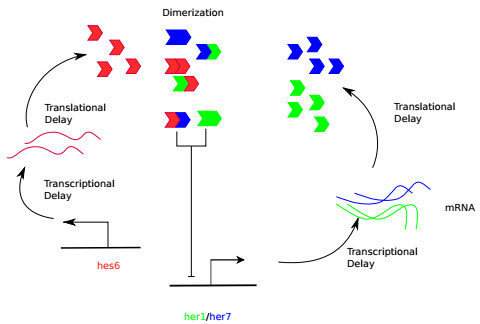
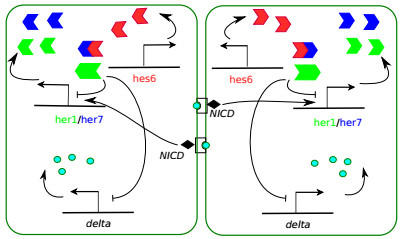
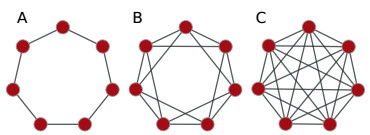

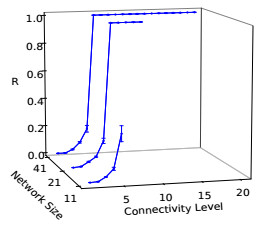
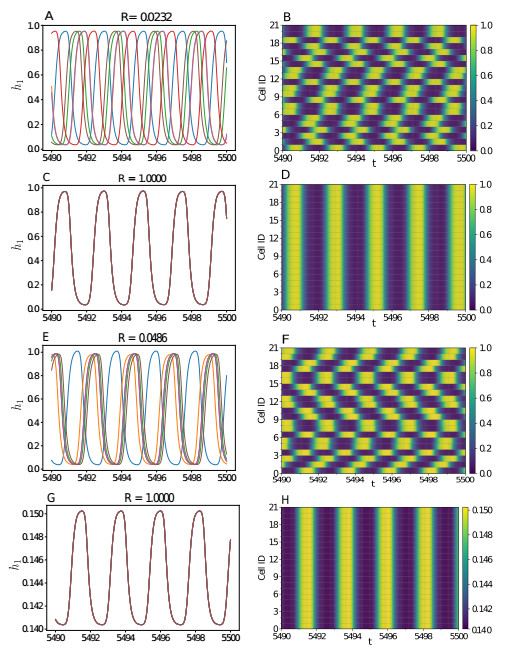
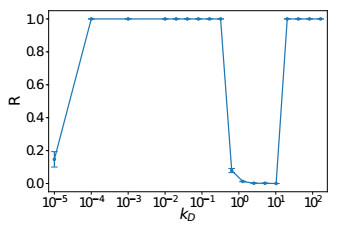
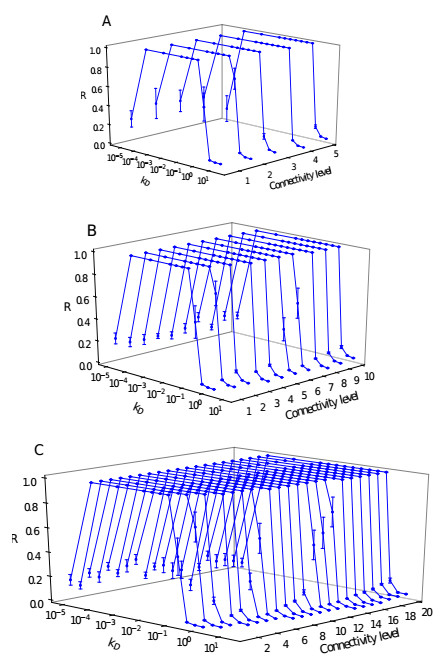
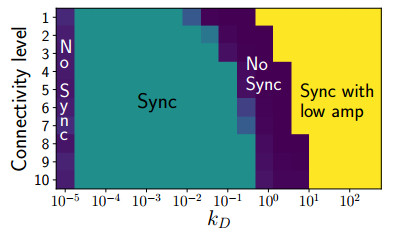
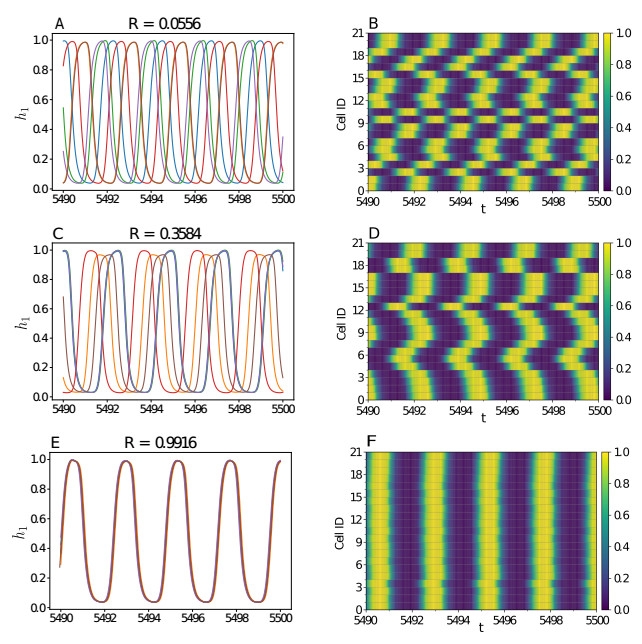

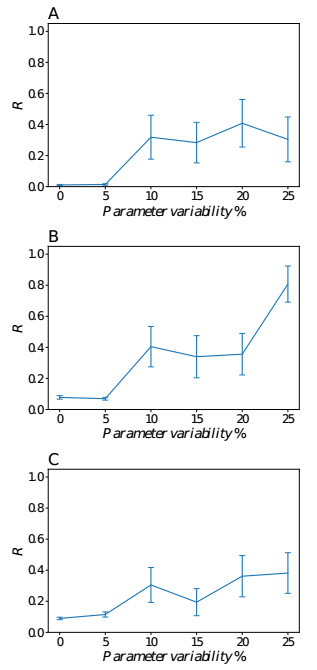


 DownLoad:
DownLoad: